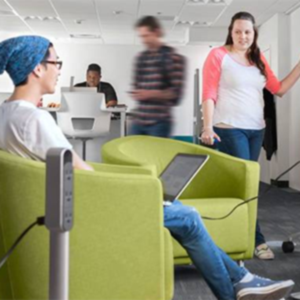
LEARNING LABS
Collaboration Spaces
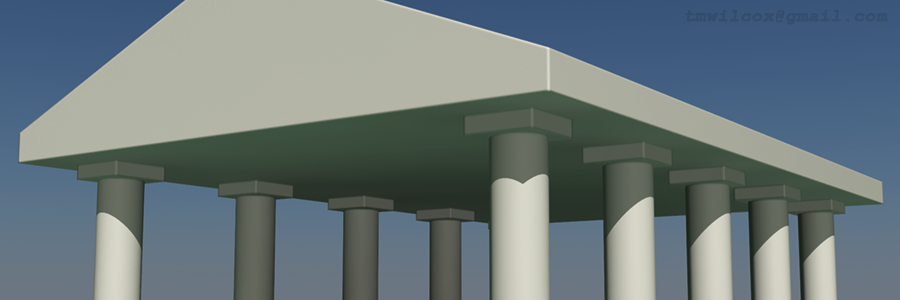
Someone asked the other day about Unity and whether it's the right software for visualizing historic buildings in virtual reality, or is there a better option? Before looking at the project in detail, I answered, "That depends".
If the goal is interactive virtual reality with a relatively unrestricted, navigable world-space, then Unity might be the way to go. Unity is a hub for connecting components of an app or visualization including a user control interface. The Rift and Vive headsets both have a Unity SDK (software developers kit) that simplify writing interface code objects for their hardware requiring little if any customization for basic VR apps.
If the goal is to passively view a CG rendering of a building with a headset like Google Daydream or Samsung Gear-VR, then omnidirectional stereo (ODS) video might be the way to go. ODS video is an animation rendering technique in programs like Autodesk's 3D Studio Max and Maya. It's sometimes called VR on rails because it's like a train ride where you can look around but you can't get off to explore on your own.
Last semester a student asked how to quickly create a Unity virtual reality app, something he could reuse later to teach others about Unity. He was unaware what's involved, even for something that seemed simple. At the moment there are no products like PowerPoint for making VR presentations. Some day soon that should change.
T.M.Wilcox, February, 2017
Collaboration Spaces
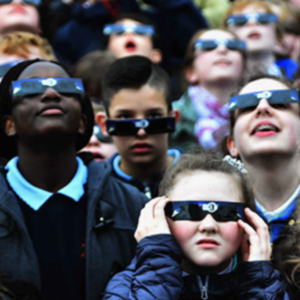
The Ultimate PDA
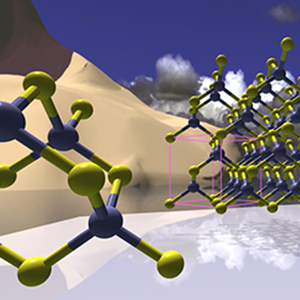
Learning To Code
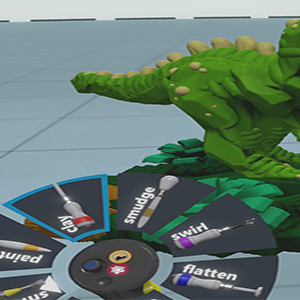
VR Interface Mock-Ups

Amazon's Lumberyard Engine
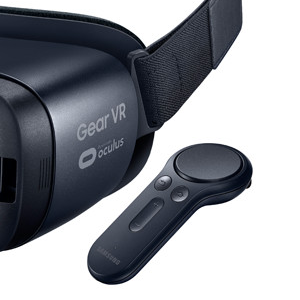
Samsung Gear-VR Controller
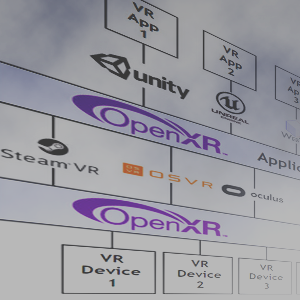
Standards For Virtual Reality
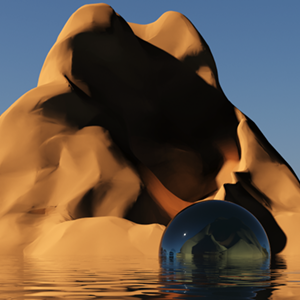
Writing Design Documents
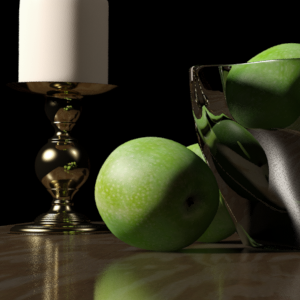
Making 3D Objects for Virtual Reality
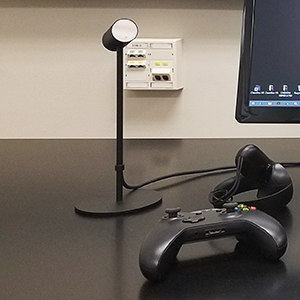
Inside-Out and Outside-In Head Tracking
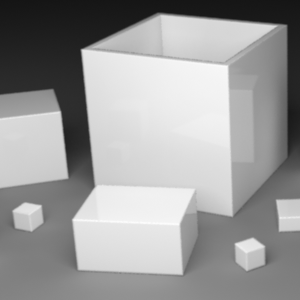
Making a Puzzle App With Unity
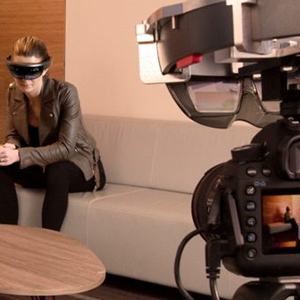
HoloLens Spectator View
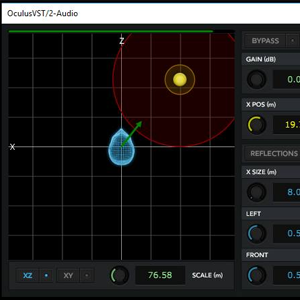
Spatialized Audio For Virtual Reality
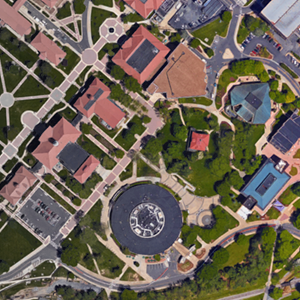
Physical Vs. Virtual Campus Expansion
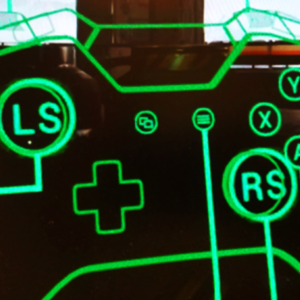
Head-Up GUI Design For VR
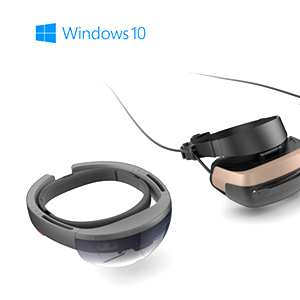
Windows 10 Creators Update
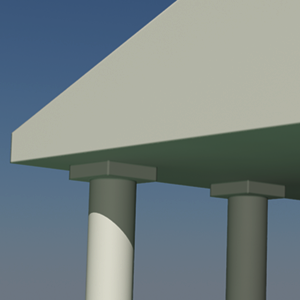
Visualizing Historic Buildings In VR
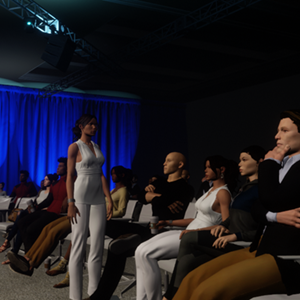
Sansar First Look
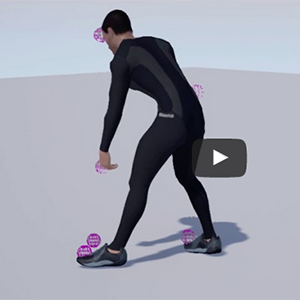
Accurate Motion Capture With Vive Trackers
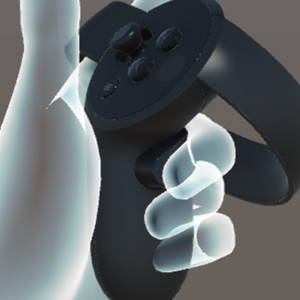
Interface Design For Oculus Touch Controllers